5 Substitutes for Garam Masala (Plus a Recipe)
Garam masala is a traditional spice used in Indian cooking and Indian cuisine. Learn some great substitutes for garam masala if you don’t have it in your kitchen or you don’t like it.
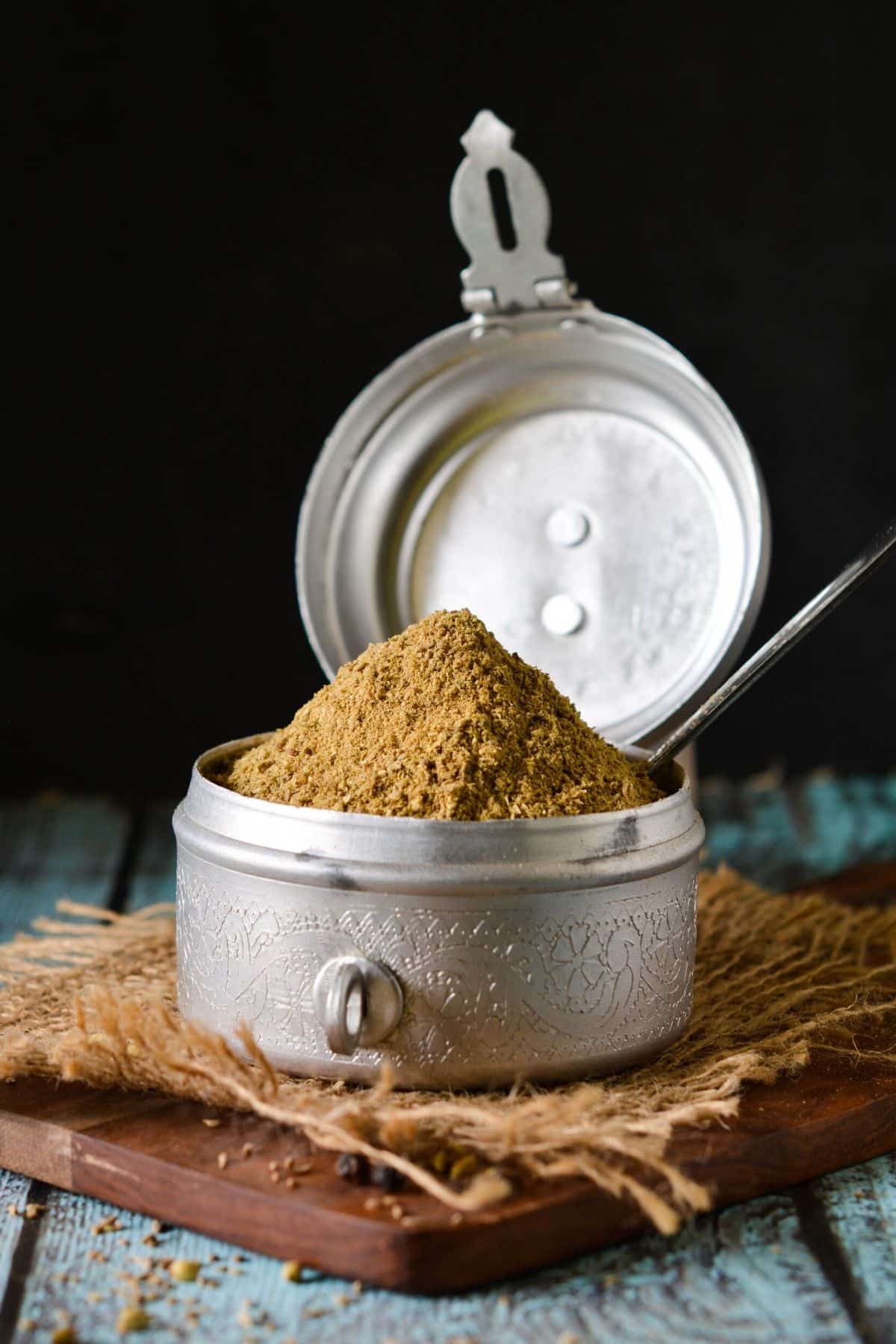
The name of the popular spice garam masala in Indian translates to “warming spices” in English.
Most store-bought blends will typically contain a mixture of cinnamon, black peppercorns, green cardamom, cumin, coriander, mace, and bay leaves. These spices are usually dry roasted while whole, then ground into a powder from the whole spices.
The exact mixture of spices in garam masala differs quite a bit from one Indian region to another.
Some recipes are hotter than others, but all have a flavor combination that is aromatic and rich rather than spicy. This Indian spice blend is worth adding to your spice cabinet!
Substitutes for Garam Masala
Here are some great alternatives to use in place of garam masala. Some of these are common ingredients or common spices, and some may be new to you.
1. Curry powder
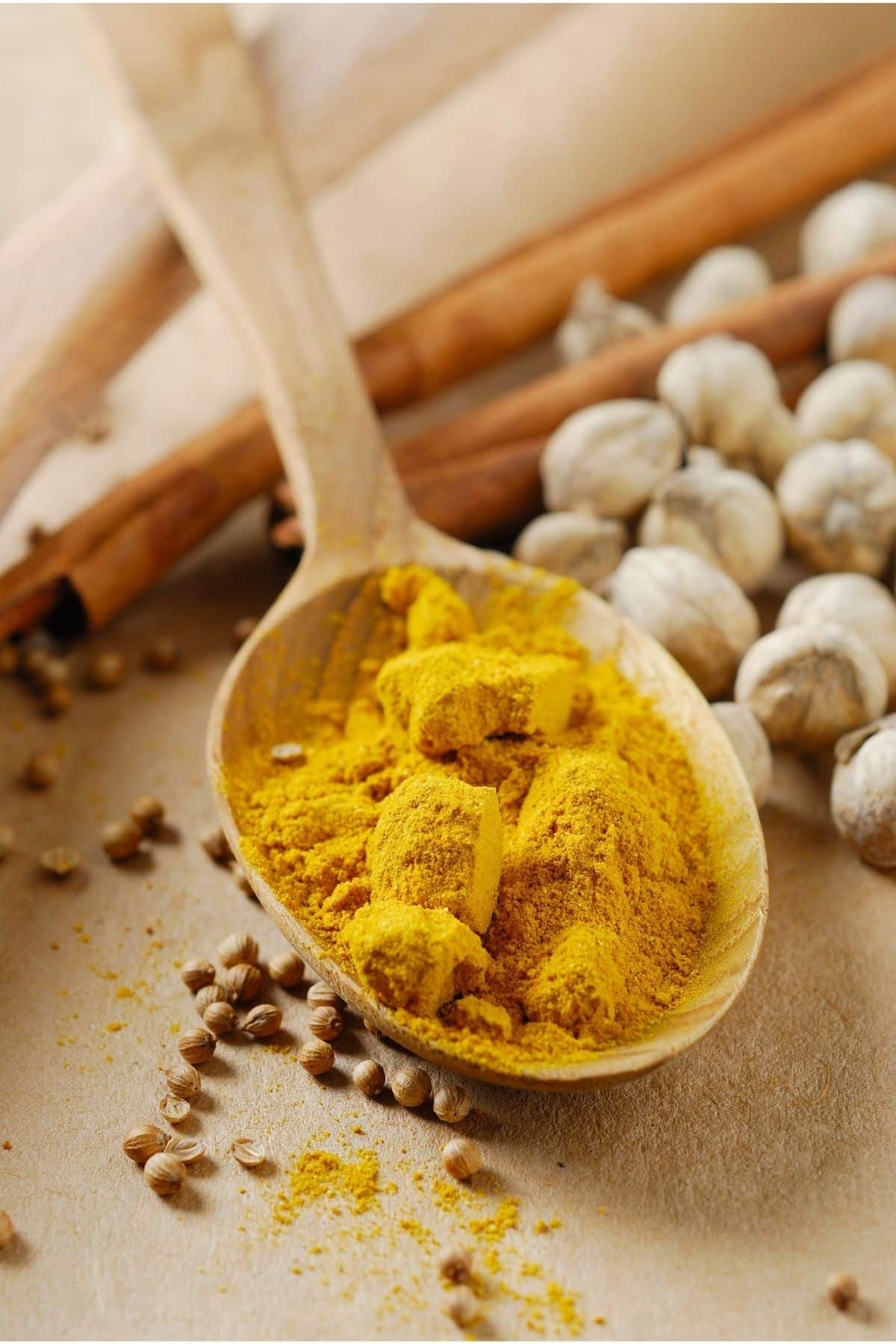
Curry powder doesn’t quite have the depth of garam masala. It is also quite different in color. This is because – unlike garam masala – it contains turmeric, which gives many curries their bright yellow hue.
Nevertheless, curry powder still works well as an alternative to garam masala.
Look for a mild or medium curry powder, rather than a hot one. You can use curry powder in your recipe in the same quantity as you would have used garam masala.
In order to fully develop its flavor, you may want to add it towards the start of the cooking time. Overall, it is a good substitute.
2. Cumin and allspice
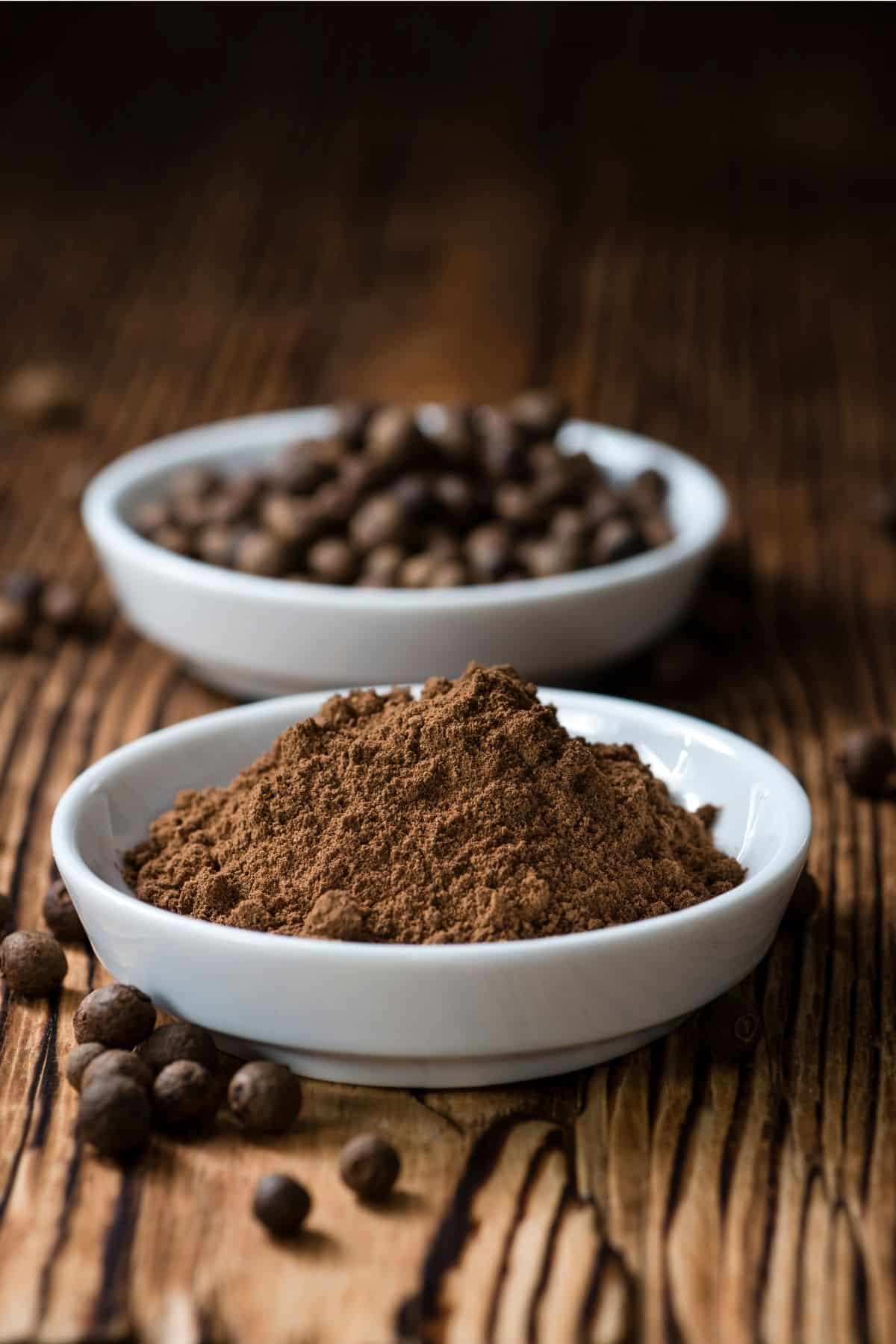
This is a very quick and easy substitute for garam masala.
It comes surprisingly close to the flavor you need and it’s the ideal replacement if there are other flavors in garam masala that you don’t really enjoy.
Simply mix one part ground cumin with a quarter part allspice, then use it instead of garam masala with a 1:1 ratio.
3. Coriander, cumin, and cardamom
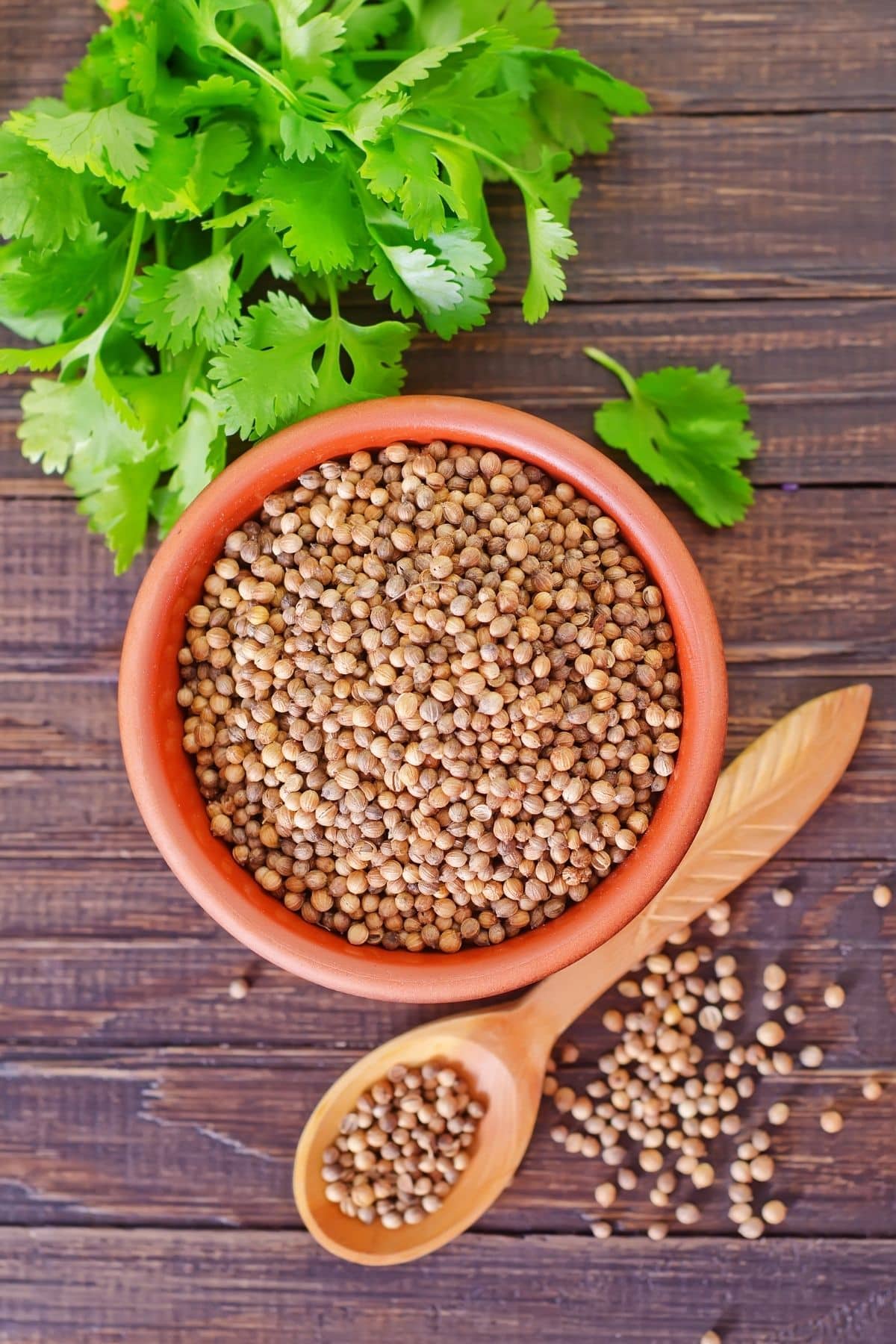
This is another simple blend that captures the overall flavor profile of garam masala.
To make it, combine two teaspoons of coriander seeds with one teaspoon of cumin seeds and half a teaspoon of cardamom pods.
Toast the spices in a dry skillet over medium heat until they release their aroma. Allow to cool, then grind in a coffee grinder or with a mortar and pestle.
You can use this mixture in the same quantities as garam masala.
4. Sambar masala or chaat masala
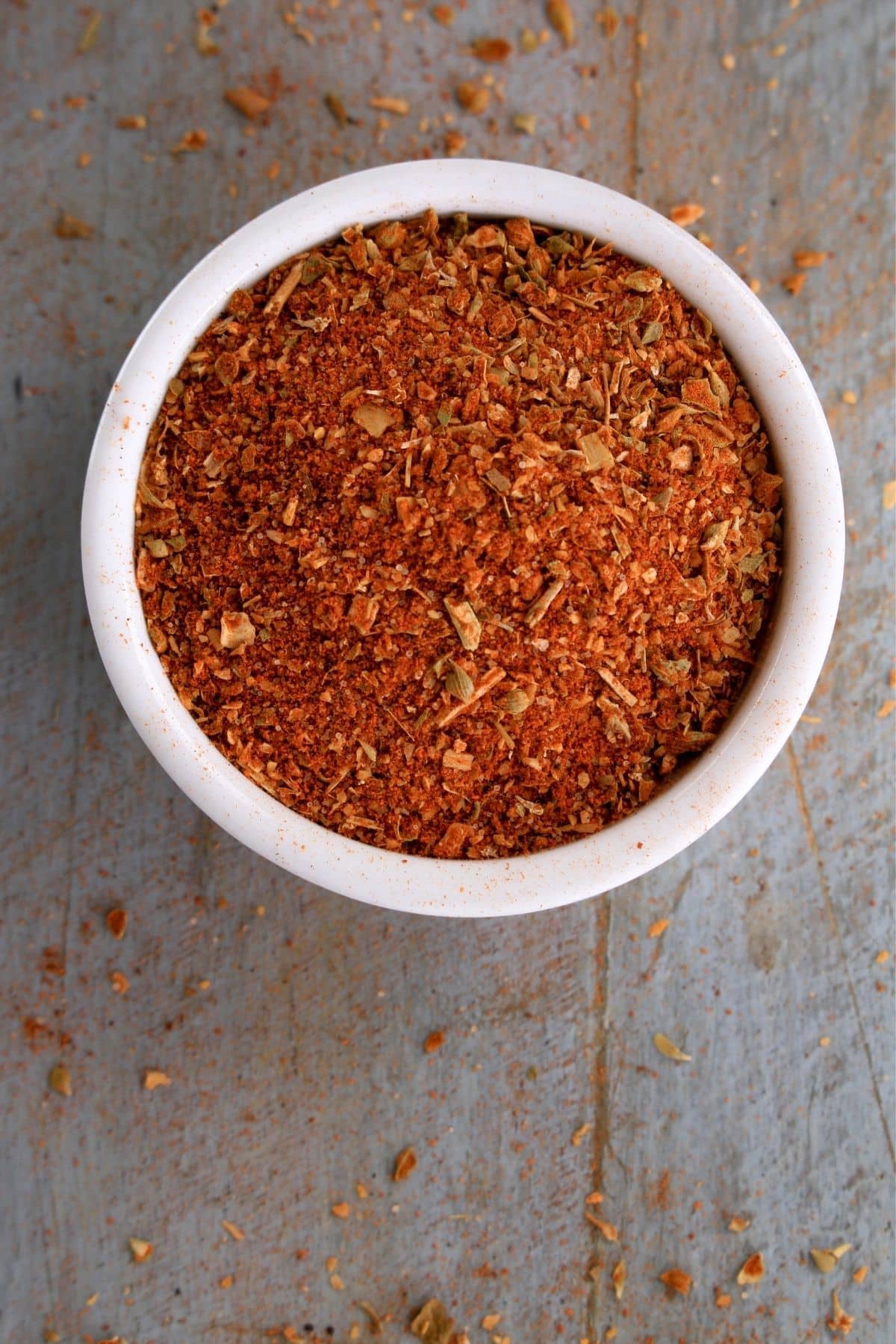
These Indian spice blends are not an exact match for garam masala and bring slightly different elements to any dishes they’re added to.
Sambar masala contains red chilies and is hotter than garam masala, but it is highly aromatic and makes an excellent substitute. You can use it with a 1:1 ratio, but since it is a bit hotter than garam masala you may prefer to start off by adding less.
Chaat masala tastes similar to garam masala and some of the spices it contains are the same. The exceptions are anardana – which is made from dried pomegranate seeds – and mango powder. These give chaat masala quite a tart flavor.
You can use it in the same quantities as garam masala and it can be added to the dish at any time, either as it cooks or afterward.
5. Make your own blend
It’s actually pretty easy to put together your own garam masala blend, as long as you have the necessary spices in your pantry.
To make your homemade garam masala, you’ll need a spice grinder or a dedicated coffee grinder to drink up the key ingredients. For an authentic garam masala, see the actual recipe card below.
Store your garam masala spice blend in an airtight container in a cool, dry space.
To make it you will need:
- Coriander seeds
- cumin seeds
- cardamom seeds
- black peppercorns
- fresh nutmeg, grated
- cinnamon stick, whole
- whole cloves
Look for these different spices at your local grocery store, or order them online. Try using this spice mixture in your Indian dishes or any of your favorite savory dishes.
I’ve included this recipe in a card below, so check it out for the exact measurements and instructions.
Because the core flavors of garam masala come from spices that you may already have at home. it is quite easy to make your own blend that tastes similar. Alternatively, trying a new blend such as chaat masala may make a subtle difference to your Indian cooking in a way that you find you really enjoy.
Pros and Cons of Alternatives
Here’s a chart summarizing the best substitutes for garam masala, including their respective pros and cons:
| Substitute | Pros | Cons |
|---|---|---|
| Curry Powder | Widely available and works well as an alternative. | Lacks the depth of garam masala; contains turmeric, affecting color. |
| Cumin and Allspice | Easy to make, captures essential flavor notes. | May not replicate the full complexity of garam masala. |
| Coriander, Cumin, and Cardamom | Homemade blend that closely mimics garam masala. | Requires toasting and grinding; more time-consuming. |
| Sambar Masala or Chaat Masala | Adds unique flavors, aromatic substitutes. | Different heat levels and tart flavors may not suit all dishes. |
| Make Your Own Garam Masala Blend | Tailored to personal taste, can closely match original. | Requires multiple spices and preparation time. |
How Do You Use Garam Masala?
Garam masala works perfectly with everything from lentil dishes to curries. It’s usually added towards the end of the cooking time as it can become bitter if it is cooked for too long.
You can also add a little garam masala to cooked dishes, in the same way as you might use paprika. Try sprinkling it on scrambled eggs or using it as a flavoring for popcorn.
You can even stir it into mayonnaise and use it for everything from deviled eggs to aioli.
Potential Health Benefits
The great news is that garam masala is more than just a tasty flavoring.
The spices it contains are good for your health, as they are rich in antioxidants and can help protect against cancer.
And, because the ingredients in garam masala promote good digestion, they are useful in preventing constipation too. See my related Anti-Constipation Smoothie recipe.
Fortunately, there are several things you can use instead of garam masala if you don’t have any on hand for a particular recipe, or if it’s not quite to your taste.
More Best Substitutes Articles You Might Like
- Best Substitutes for Marjoram
- Best Substitutes for Bay Leaves
- Best Substitutes for Dijon Mustard
- Best Substitutes for Lemongrass
- Best Substitutes for Oregano
- Best Substitutes for Chinese 5 Spice
- Best Substitutes for Sage
- Best Substitutes for Turmeric
Don’t Miss These Indian-Inspired Recipes!
I hope you make this recipe! If you do, please leave a comment and a starred review below.
And, consider following me on social media so we can stay connected. I’m on Facebook, Pinterest, Instagram, and YouTube!
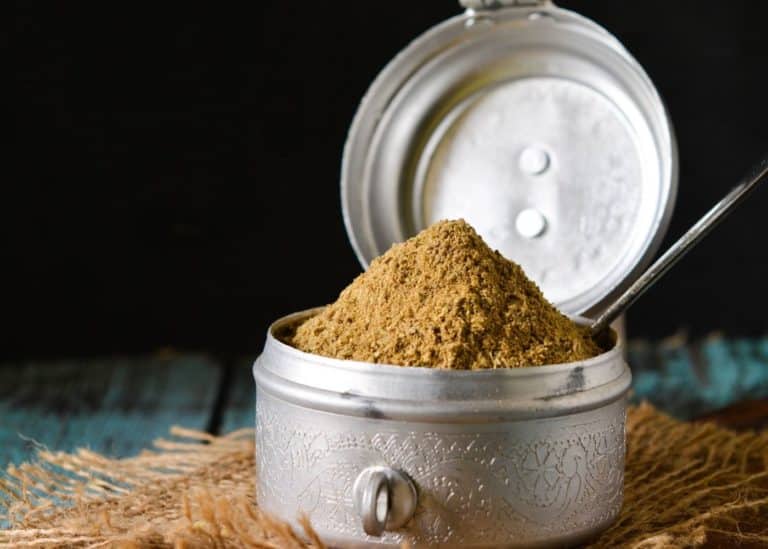
Homemade Garam Masala Recipe
Here’s how to make your own homemade Garam Masala spice blend.
- Total Time: 30 minutes
- Yield: 15
Ingredients
- 3 tablespoons coriander seeds
- 2 tablespoons cumin seeds
- 2 tablespoons cardamom seeds
- 2 tablespoons black peppercorns
- 1 teaspoon fresh nutmeg, grated
- 1/2 teaspoon ground cinnamon
- 1 teaspoon whole cloves
Instructions
- Heat a small skillet over medium heat.
- Add the coriander, cumin, cardamom, and peppercorns. Stir occasionally to evenly toast the spices for 4-5 minutes.
- Once the spices are toasted and have released their aromas, set them to one side.
- Allow to cool, then grind in a coffee grinder or use a mortar and pestle.
- Stir in the grated nutmeg and cinnamon.
- Pour your spice blend into an airtight container then store in a cool, dry place for up to several months.
Notes
- Store your spice blend in an airtight container for up to several months.
- Prep Time: 10 minutes
- Cook Time: 10 minutes
- Category: Spice blend
- Method: Stovetop
- Cuisine: Indian
- Diet: Low Calorie
Nutrition
- Serving Size: 1/15 of recipe
- Calories: 13
- Sugar: 0 g
- Sodium: 2.5 mg
- Fat: 0.5 g
- Saturated Fat: 0.1 g
- Carbohydrates: 2.4 g
- Fiber: 1.2 g
- Protein: 0.5 g
- Cholesterol: 0 mg
Don’t forget to join my newsletter list to get exclusive clean eating recipes and tips. The newsletter is 100% free with no spam; unsubscribe anytime.
About the Author: Carrie Forrest has a master’s degree in public health with a specialty in nutrition and is a certified holistic nutritionist. She is a top wellness and food blogger with over 5 million annual visitors to her site. Carrie has an incredible story of recovery from chronic illness and is passionate about helping other women transform their health. Send her a message through her contact form.


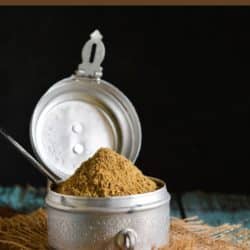
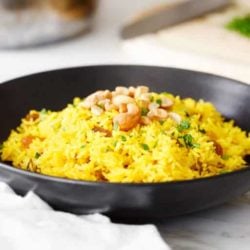
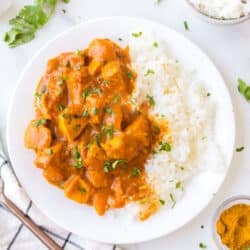
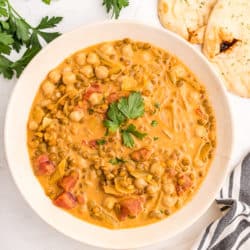















the flavor of homemade garam masala is amazing!!!